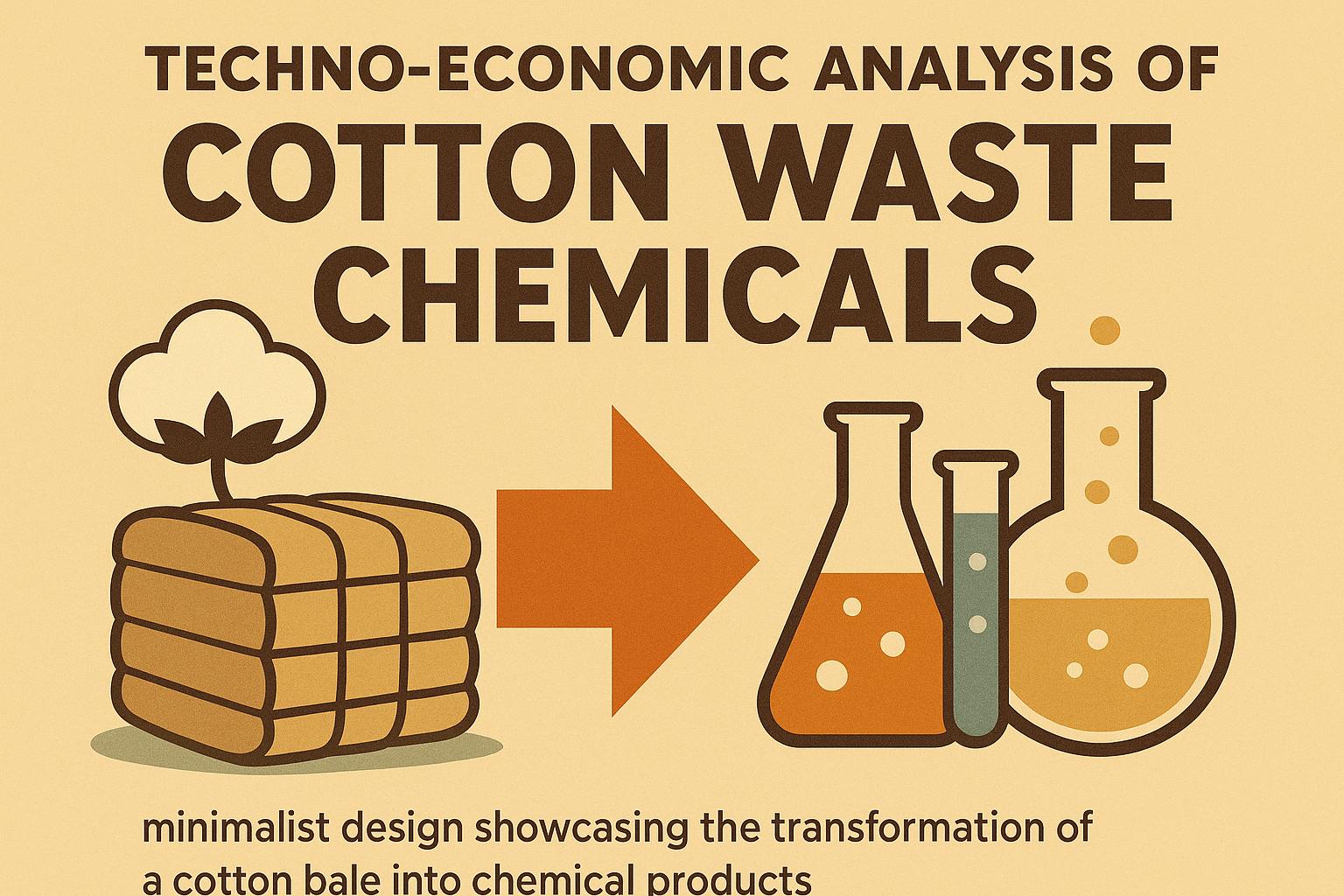Cotton gin operations are risky, but following key safety measures can save lives and reduce accidents. Here’s a quick breakdown of the most important guidelines:
- Fire Prevention: Clean lint daily, inspect fire extinguishers monthly, and monitor hot surfaces hourly.
- Machine Safety: Use proper guards, perform daily inspections, and replace worn parts immediately.
- PPE Use: Equip workers with dust masks, gloves, ear protection, safety glasses, and hard hats.
- OSHA Compliance: Follow OSHA’s agricultural standards (§1928.57) for machine guarding and maintain accurate safety records.
- Emergency Planning: Train workers on fire response, chemical spills, and equipment malfunctions.
Machine Guarding Safety Standards and Compliance
Key Safety Practices for Cotton Gin Operations
Operating a cotton gin involves following strict safety measures to protect workers and keep operations running smoothly. These measures focus on fire prevention, machine safety, and personal protective equipment (PPE).
Preventing and Managing Fires
In environments where flammable materials like lint are present, fire prevention is a top priority. Daily cleaning of lint and debris, along with regular hot surface checks, can significantly reduce fire risks. Fire extinguishers should be placed in accessible locations and inspected monthly to ensure they're in working condition.
| Fire Prevention Task | Action Required | How Often? |
|---|---|---|
| Cleaning Machinery | Remove lint and debris | Daily |
| Inspecting Fire Extinguishers | Check pressure and condition | Monthly |
| Monitoring Hot Surfaces | Look for overheating equipment | Hourly |
Addressing fire risks is just one part of the equation. Keeping machines safe and functional is equally important.
Safe Machine Use and Maintenance
To meet OSHA's §1928.57 standards, machines must have proper guards, and inspections should be routine [1][2]. Daily equipment checks and timely maintenance are essential to avoid mechanical problems.
Here’s what to focus on:
- Daily inspections to catch potential issues early.
- Replacing worn parts immediately to prevent breakdowns.
- Lubricating moving parts and ensuring guards are securely in place.
Even with well-maintained equipment, workers need the right protective gear to stay safe.
Using Personal Protective Equipment (PPE)
PPE plays a key role in minimizing risks. Workers should wear:
- Dust masks to avoid inhaling cotton dust.
- Safety gloves to protect against cuts.
- Ear protection in noisy areas.
- Safety glasses to shield eyes from debris.
- Hard hats in designated zones.
Although OSHA's noise standards for agriculture are less stringent, hearing protection is still important. Regularly maintaining equipment can also help lower noise levels, creating a safer environment overall. Combining proper PPE use with consistent machine upkeep forms a solid safety plan for cotton gin operations.
Meeting OSHA Safety Requirements

Cotton gin operations must follow OSHA's agricultural standards, which are distinct from general industry rules. Adhering to these guidelines helps keep workplaces safe and avoids potential penalties.
OSHA Rules for Agriculture
Cotton gins are regulated under OSHA's agricultural standards (29 CFR Part 1928), with §1928.57 specifically addressing machine guarding and safety measures [1]. Machine guarding is a must under §1928.57. However, grower-owned facilities are not subject to the Cotton Dust (§1910.1043) and Noise Exposure (§1910.95) standards [1][2].
Even with these exemptions, all facilities should prioritize safety. Grower-owned cotton gins may have fewer regulatory demands, but establishing strong safety protocols is still a smart move to protect workers and keep operations running smoothly.
Understanding these regulations is one part of compliance - keeping accurate and up-to-date documentation is equally essential.
Keeping Safety Records and Reporting
Good record-keeping is a cornerstone of OSHA compliance. Cotton gin operators should maintain the following:
- OSHA 300 Logs: Update these within seven days of any workplace incident.
- Safety Data Sheets (SDS): Keep chemical hazard information current and accessible.
- Training Records: Document employee training sessions, including attendance and topics covered.
For seamless compliance:
- Store all records in a central location that’s easy to access during any shift.
- Update injury logs promptly to avoid delays.
- Review state-specific rules, as some states may have stricter requirements than federal OSHA standards.
Thorough documentation not only ensures compliance but also reinforces safety training programs. It prepares facilities for emergency planning and response, which will be discussed in later sections.
sbb-itb-0e617ca
Training and Emergency Planning
Safety Training for Workers
Effective safety training does more than just protect workers - it helps facilities stick to OSHA standards and avoid expensive incidents. Training shouldn't stop at basic orientation. It needs to include ongoing lessons about hazards, safe equipment use, and what to do in emergencies. The National Cotton Ginners' Association offers tailored training materials for gin operations.
Key topics for training programs include:
- Hands-on equipment use
- Recognizing potential hazards
- Emergency procedures
- Proper use of PPE (Personal Protective Equipment)
It's important to train new hires before they operate machines and to hold annual refresher courses. These sessions keep safety top of mind and update workers on any changes in procedures. To measure how well your training works, track safety metrics like injury rates and near-miss incidents. Be sure to document all training sessions - this not only helps with OSHA compliance but also highlights areas that might need improvement.
Planning for Emergencies
Emergency preparedness is crucial, especially for the risks common in cotton gin operations. A solid emergency plan should cover:
-
Fire Response
- Clearly marked evacuation routes and assembly points
- Locations of fire extinguishers and training on how to use them
- Emergency contact information
-
Chemical Emergencies
- Access to Safety Data Sheets (SDS)
- Procedures for containing spills
- First aid steps for chemical exposure
-
Equipment Malfunctions
- Emergency shutdown instructions
- Lockout/tagout protocols to prevent accidental restarts
- Clear reporting processes for issues
Check your local regulations to make sure your emergency plans meet state-specific requirements. Keep these plans updated and ensure they're easy for all workers to access.
Other Safety Tips for Cotton Gin Operations
Safe Chemical Storage and Use
Proper storage and handling of chemicals is essential to avoid accidents and exposure risks. The National Cotton Ginners Association advises setting up dedicated storage areas for chemicals, away from the main processing zones.
Here are some important safety measures for handling chemicals:
- Use secondary containment systems for liquid chemicals to prevent spills.
- Install ventilation and temperature control systems to maintain safe conditions.
- Keep an accurate inventory of chemicals and ensure Safety Data Sheets (SDS) are accessible to all workers.
- Use clear labeling systems that meet OSHA's Hazard Communication Standard.
- Make sure SDS are readily available in case of emergencies.
While chemical safety minimizes exposure risks, managing noise hazards is another key factor in ensuring a safe work environment.
Reducing Noise Risks
Controlling noise levels is essential for worker safety and comfort. A mix of engineering and administrative actions can help reduce noise effectively:
Engineering Controls:
- Add noise-reducing guards and sound-absorbing materials in operational areas.
- Replace outdated equipment with quieter, modern machinery.
Administrative Controls:
- Schedule loud tasks during times when fewer workers are present.
- Perform regular equipment maintenance to avoid noise caused by worn-out parts.
- Conduct annual noise surveys and additional checks after equipment updates to identify problem areas.
The National Cotton Ginners Association also recommends providing earplugs and earmuffs for workers, especially during long periods of exposure to high noise levels. Addressing both chemical and noise hazards helps create a safer and more compliant workplace for cotton gin operations.
Summary of Cotton Gin Safety Guidelines
Ensuring safety in cotton gin operations involves adhering to OSHA standards, maintaining proper records, and taking preventive steps to reduce risks. Cotton ginning falls under OSHA's agricultural operations category (SIC code 0724) [1], which means facilities must meet specific rules for machine guarding and worker safety.
OSHA compliance is at the heart of cotton gin safety. Following OSHA (§1928.57) guidelines, equipment used in cotton ginning must include proper guarding to protect workers and meet agricultural safety standards [1].
Keeping detailed safety records is equally important. These records not only help with compliance but also prepare operators for inspections. During an OSHA inspection, having accurate documentation and cooperating fully with inspectors is essential [2].
Critical areas of focus include machine guarding, handling chemicals safely, controlling noise levels, preparing for emergencies, and providing workers with thorough training. These measures, discussed earlier, create a strong safety program that safeguards both employees and equipment.


